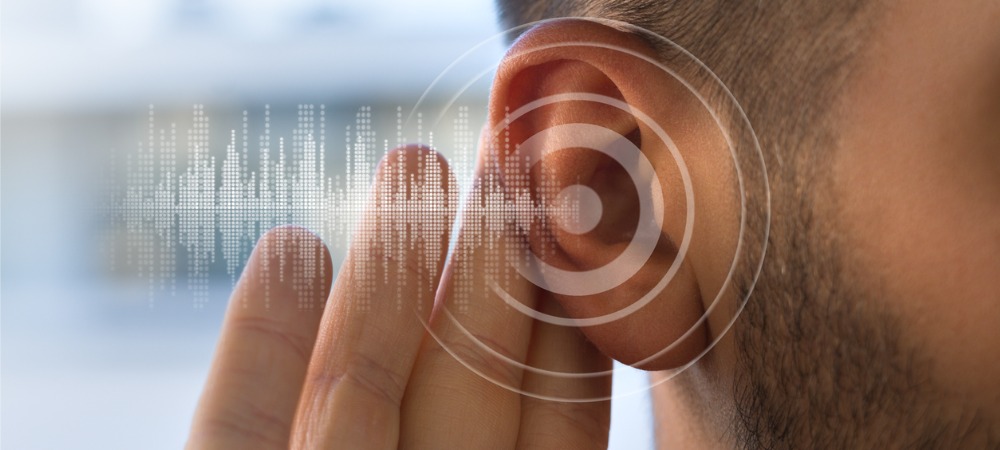Exploring the Causes and Symptoms of a Balance Disorder
Balance is a fundamental aspect of our daily lives, enabling us to maintain stability, move confidently, and navigate the world around us. However, for many individuals, having a balance disorder can disrupt these essential functions and significantly impact their quality of life.
To assist you in finding relief and receiving a proper diagnosis, let’s explore balance disorder types, symptoms, causes, and treatments. If you are experiencing signs of a balance disorder, the Ear & Sinus Institute is here to help. We are devoted to empowering our patients with the knowledge necessary to seek appropriate solutions and regain control over their balance.
What is a Balance Disorder?
A balance disorder is a condition that affects the normal functioning of the body’s balance system, which includes the inner ear, eyes, and sensory nerves. The balance system is responsible for maintaining equilibrium, coordinating movements, and providing a sense of spatial orientation.
When this system is disrupted or malfunctioning, it can result in various symptoms that affect a person’s ability to maintain stability and coordination. If you’re experiencing balance disorder symptoms, it is crucial to consult with a healthcare professional specializing in ear, nose, and throat (ENT) or otolaryngology.
Balance Disorder Symptoms
Balance disorders can manifest in different ways, such as dizziness, vertigo (a spinning sensation), lightheadedness, unsteadiness, and problems with coordination and posture. These symptoms can occur intermittently or persistently and may range in severity from mild to debilitating.
Furthermore, balance problems may be accompanied by other symptoms, such as nausea, vomiting, headaches, tinnitus (ringing in the ears), hearing loss, and fatigue. Depending on the underlying cause, balance disorders may be accompanied by vision or cognitive problems as well.
Types of Balance Disorders
Before you can begin to resolve a balance disorder, it’s important to identify the type of issue you’re dealing with. Narrowing down the condition is essential for devising an appropriate treatment plan. While there are several types of balance disorders, the following are some of the most common:
Vertigo
Vertigo is a type of balance disorder characterized by a false sensation of spinning or whirling as if the environment around you is moving when it is not. It is often described as spinning dizziness and can be accompanied by other symptoms like nausea, vomiting, sweating, and difficulty maintaining balance.
There are several reasons why vertigo may occur. The most common is an inner ear problem. There are two types of vertigo: central and peripheral. Central vertigo typically occurs when there is an issue with the brain or cerebellum. In contrast, peripheral vertigo is related to problems with the inner ear or vestibular nerve.
Labyrinthitis
Labyrinthitis is an inflammation or infection of the inner ear. It is typically caused by viral respiratory infections such as the cold or flu and can also be caused by bacterial infections. This condition causes your labyrinth, a structure deep inside your ear, to become inflamed. As a result, labyrinthitis may cause hearing loss, dizziness, and nausea. Fortunately, this condition usually goes away on its own.
Meniere’s Disease
Meniere’s disease is a chronic inner ear disorder characterized by recurring episodes of vertigo, fluctuating hearing loss, tinnitus, and a sensation of fullness in the affected ear. While the exact cause is unknown, it is believed to be related to fluid imbalances in the inner ear. The symptoms of Meniere’s disease can be severe and unpredictable, with episodes of vertigo lasting from minutes to hours. Over time, individuals may experience progressive hearing loss and persistent ringing in the ears.
Although there is no cure for Meniere’s disease, various treatments can help manage symptoms and reduce the frequency of episodes. Making adjustments to your lifestyle, like following a low-sodium diet and reducing stress levels, may be beneficial. Medications may be prescribed to alleviate symptoms and control fluid balance. In some instances, procedures or surgery may be considered.
Benign Paroxysmal Positional Vertigo
Benign paroxysmal positional vertigo (BPPV) is a common type of balance disorder characterized by brief episodes of vertigo triggered by specific head movements. It occurs when tiny calcium crystals called otoconia become dislodged from their usual position in the inner ear and migrate into the fluid-filled canals responsible for detecting rotational movements.
The exact cause of BPPV is often unknown, but it can be associated with head injuries, aging, inner ear infections, or other inner ear disorders. The hallmark symptom of BPPV is a sudden spinning sensation, typically lasting less than a minute, when moving the head in certain positions, such as looking up, bending down, or rolling over in bed. Fortunately, BPPV can often be treated through repositioning maneuvers. These maneuvers aim to guide the displaced calcium crystals back into their proper place within the inner ear, alleviating symptoms.
Common Causes of a Balance Disorder
The following causes of a balance disorder may be responsible for your symptoms. However, it is crucial to note this list is not exhaustive. Other factors or conditions may contribute to balance problems. When trying to determine the cause of a balance disorder, consider the following factors:
- Inner ear problems
- Certain medications
- Neurological conditions
- Head injuries
If you believe any of these factors are the root of your balance issues, it is important to seek medical attention. At the Ear & Sinus Institute, our experienced specialists can help you identify the cause and develop an appropriate treatment plan tailored to your needs. Moreover, our dedicated team will conduct a thorough diagnostic evaluation, which may include a physical examination, medical history assessment, balance and hearing tests, and imaging techniques if necessary.
Treatment Options
The treatment options for a balance disorder depend on the underlying cause and severity of the condition. Depending on the individual situation, the following treatments may be recommended:
- Medications: Medications may be prescribed to manage symptoms associated with balance disorders. These can include medications to reduce dizziness, suppress nausea, or treat any underlying conditions contributing to the balance problem.
- Canalith Repositioning Maneuvers: Canalith repositioning maneuvers, such as the Epley or Semont maneuvers, are commonly used to treat benign paroxysmal positional vertigo. These maneuvers help reposition displaced calcium crystals in the inner ear, relieving symptoms of vertigo and dizziness.
- Vestibular Rehabilitation Therapy (VRT): VRT is a specialized therapy that aims to improve balance and reduce dizziness through exercises and maneuvers. A trained physical therapist will design a customized program that includes activities to strengthen the vestibular system, improve coordination, and enhance overall balance.
- Surgery: In some cases, surgical intervention may be considered for certain types of balance disorders, especially when caused by structural abnormalities or tumors. Surgical options vary depending on the specific condition and may involve procedures to remove or repair the underlying issue.
- Lifestyle Modifications: Making lifestyle changes can help manage symptoms and reduce the impact of a balance disorder. This may include adopting a low-sodium diet, avoiding triggers that worsen symptoms (such as certain head movements), managing stress, and incorporating regular exercise into your routine.
Find Your Balance With the Ear & Sinus Institute
Regain control of your life and overcome your balance disorder at the Ear & Sinus Institute. Our experienced specialists will provide you with a comprehensive evaluation and personalized treatment plan tailored to your needs. Don’t let a balance disorder hold you back. Schedule your appointment with the Ear & Sinus Institute today.
Search Blog Posts
Most Recent Keywords
Sinus, Headache, Smell, Breath, Ear, Surgery, Pollen, Sinuplasty, Nose and Sinus, Sleep, Snooring, Procedure,
 Make an Appointment
Make an Appointment








